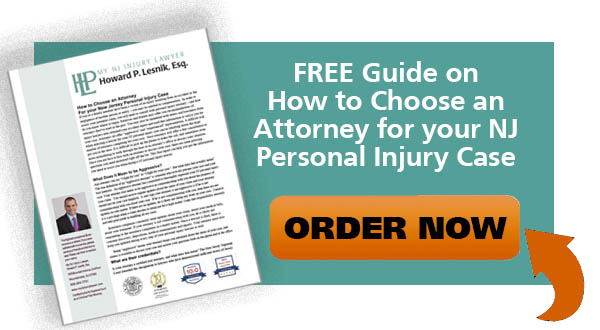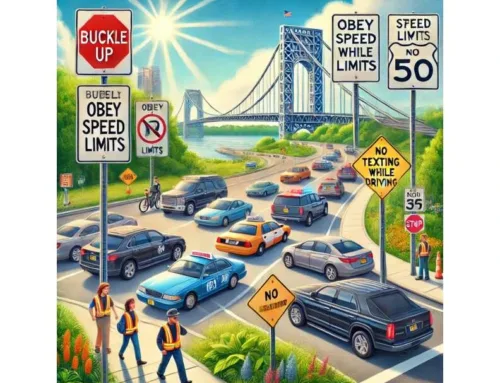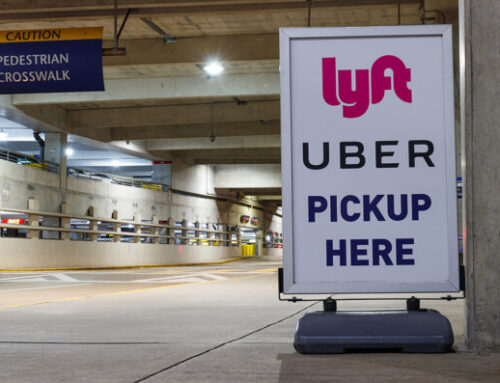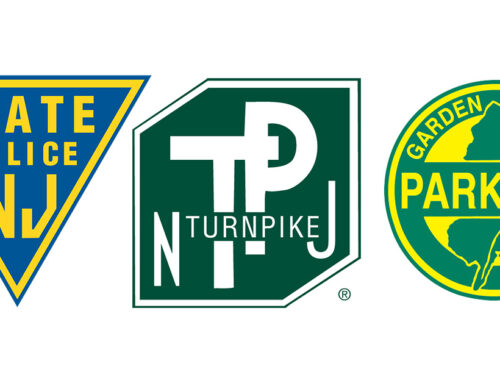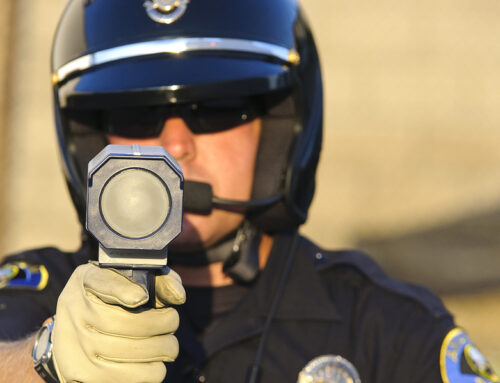While it certainly goes without saying that the vast majority of automotive crashes are “accidents,” both in the colloquial sense and in that they are unintended, it’s also true that most car accidents are caused by preventable errors and poor choices by at least one of the drivers involved. While those poor decisions can take a variety of forms, the common factor is that they represent negligent behavior that can result in the driver being deemed liable for the injuries they cause to other road users. However, proving negligence in court isn’t so easy, especially once insurance companies and their lawyers become involved. A negligence claim involves proving that a duty of care was owed by the negligent person to the injured party (including the duty owed by any road user to exercise reasonable caution and follow traffic laws); that the negligent person failed in this duty of care; that this failure caused the accident in which the injured party was harmed; and that the damages for which compensation is being sought resulted from that accident. The insurance company’s lawyers will attack any stage of this argument they can, but understanding some of the most common causes of NJ Motor Vehicle Accidents can help you deal with arguments attacking the first two elements of the negligence argument, involving a driver’s duty of care toward other people on the road.
Here are ten of the most prevalent causes of serious or fatal automotive accidents in the US, in no particular order save for the first one – which is the leading cause of injurious or deadly crashes.
- Distracted Driving. Despite growing public awareness and numerous enforcement efforts aimed at curtailing the behavior, distracted driving remains a tremendous problem on American roadways. While the focus of law enforcement and public awareness campaigns tends to be distraction in the form of mobile phone usage – specifically talking or texting while driving – distracted driving is a much broader phenomenon. Some drivers attempt to multitask while driving by eating or drinking, engaging in grooming tasks like applying makeup or shaving (yes, really!), adjusting the sound system or climate controls of the vehicle, and even reading. Other passengers in the vehicle can create distractions, especially if the driver is attempting to discipline children or pets in the car. Motorists can also become distracted by gawking at scenery or at other accidents on the road. Ultimately, anything that takes a driver’s thoughts, eyes, or hands away from the task of driving can become a potentially deadly distraction.
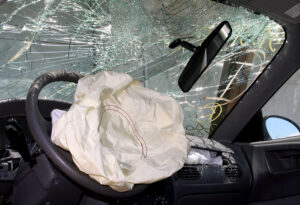 Drunk Driving. This one seems obvious, and yet despite several decades’ more public awareness and law enforcement efforts to combat this dangerous behavior, people still make the choice to get behind the wheel while under the influence. Often, these individuals believe that they “haven’t had that much” and will be fine driving. However, even under the legal limit, a person’s reflexes, awareness, and judgment can be impaired by alcohol – and people who have been drinking are notoriously bad at judging how impaired they actually are.
Drunk Driving. This one seems obvious, and yet despite several decades’ more public awareness and law enforcement efforts to combat this dangerous behavior, people still make the choice to get behind the wheel while under the influence. Often, these individuals believe that they “haven’t had that much” and will be fine driving. However, even under the legal limit, a person’s reflexes, awareness, and judgment can be impaired by alcohol – and people who have been drinking are notoriously bad at judging how impaired they actually are.- Road Rage. Whether it’s unprovoked aggressive driving because someone feels that they’re the only person who has the right to be on the road, or a disproportionate response to real or imagined slights that causes a person to turn their car into a weapon to threaten others, road rage is a serious problem. It has the potential for the same devastating consequences as drunk driving, but without even the thin excuse of chemical impairment of the driver’s judgment. A driver who can’t control their temper and turns aggressive on the road has no business being behind the wheel.
- Reckless or Careless Driving. Sometimes drivers don’t even have the excuse of being distracted; they’re just too lazy to check their blind spots or can’t be bothered to signal before changing lanes. Drivers who simply do what they like and expect everyone else to get out of their way are not only dangerous, but can be hard to deal with in a negligence case, because you can’t simply point to a cell phone in their hand or alcohol in their bloodstream – they drove dangerously because they just didn’t care.
- Teenage Drivers. While this point may conjure the image of a car packed full of rowdy adolescents shouting, waving cell phones, and otherwise not paying attention to the road, that’s not necessarily what we’re talking about here. Certainly that image is sometimes true, but it also falls under several other points on this list. However, even a studiously careful teen driver has minimal road experience and may be more nervous behind the wheel, making it harder for them to respond calmly and appropriately to unexpected road hazards.
- Unsafe Speeds. Speed limits exist for a reason, and part of that reason is that vehicle speed affects the reaction time of the driver. The faster you’re going, the less time you have to react to a sudden change or obstacle in the road ahead. Excessive speeds also mean that if a collision does happen, it happens with a great deal more force to the impact, which can cause more damage to vehicles and their occupants. On the other side of the coin, motorists who drive too slowly for the traffic around them can also be dangerous. A slow driver on a busy highway disrupts the flow of traffic, potentially forcing other drivers to maneuver evasively or stop suddenly, forcing motorists around them to react quickly to avoid a collision.
- Ignoring Red Lights and Stop Signs. It’s obvious how a driver who pretends a red light isn’t there can cause an accident. Similarly dangerous, however, are the drivers who try to squeak through the intersection even after the light changes, or those who think that “right on red” means they don’t actually have to stop and check that it’s safe before they make their turn.
- Failure to Obey Traffic Laws. This one is similar to Number 7, but wider in scope; these are the drivers that make you wonder how they managed to get their license without ever reading a driver’s manual, since they exhibit no understanding of concepts like right-of-way or what a turn signal is.
- Tailgating. There is no excuse for this driving behavior. While it could be included under aggressive or reckless driving, it deserves to be called out separately both because of how prevalent the behavior is and because it simply is needlessly, dangerously stupid. Maintaining a safe following distance is essential to avoiding accidents, because everyone needs time to react to changing road conditions and sudden hazards.
- Weather and Road Conditions. Slippery roads, poor visibility, and poorly maintained or designed roads can also contribute to accidents. While drivers obviously cannot control these phenomena, too many motorists fail to adjust their driving to account for wet or icy roads or low visibility. Obviously, driving in bad weather should be avoided whenever possible, but if you’re caught on the road in a storm or don’t have a choice in going out, it’s vital to exercise proper caution. Don’t allow other drivers to pressure you into going faster than feels safe, and pull over in a safe place to wait out the worst of the storm if necessary.
Contact MyNJInjuryLawyer
If you or a loved one suffered an injury in a NJ Motor Vehicle Accident, you should contact an attorney familiar with handling these claims. An experienced NJ Injury Lawyer will know how to obtain medical records, videos, photographs, experts, locate witnesses and contact the insurance company so you can make a claim for your injuries.
My NJ Injury Lawyer Howard P. Lesnik, Esq. offers complimentary strategy sessions to address any issue or questions you may have for your injury claim in NJ.
Please contact NJ Injury Lawyer Howard Lesnik, Esq., immediately if you were involved in an accident. I personally handle NJ personal injury cases on a regular basis. Please contact me now by email, by phoning 908.264.7701, or by completing the form to the right to schedule your complimentary 30-minute strategy session.


